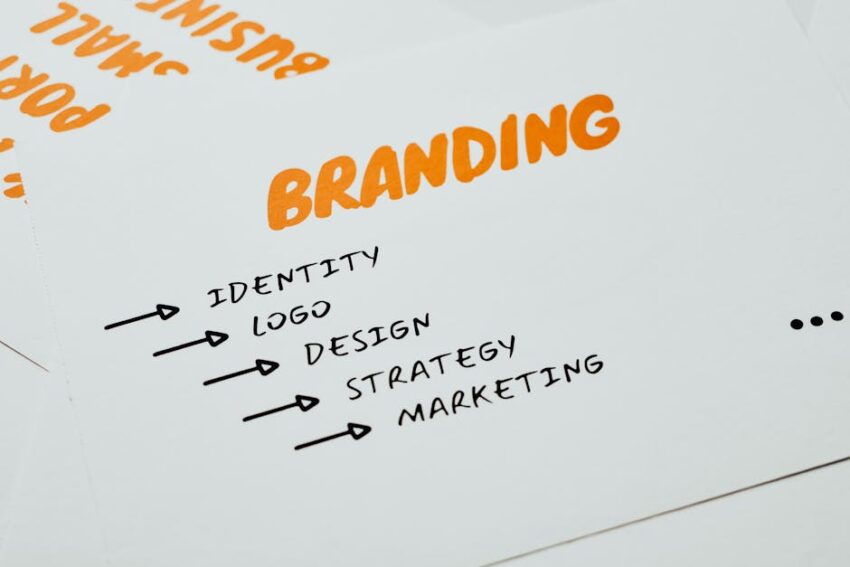Email Marketing Campaigns: Crafting the Perfect Message
Email marketing remains one of the most powerful tools in a marketer’s toolkit, with an average ROI of $42 for every $1 spent. However, the key to a successful email marketing campaign is crafting the perfect message. In this blog post, we will explore the essential elements of effective email marketing, providing you with actionable tips to enhance your campaigns and improve engagement.
Understanding Your Audience
The first step to crafting the perfect email message is understanding your audience. Knowing your recipients’ preferences, interests, and pain points allows you to tailor your content to meet their needs.
Create Buyer Personas
Developing buyer personas is a crucial step in understanding your audience. A buyer persona is a detailed representation of your ideal customer, based on market research and real data. By creating personas, you can segment your audience effectively and deliver personalized content that resonates. For instance, if your target audience includes tech-savvy millennials, your messaging should be concise, visually appealing, and mobile-friendly.
Crafting Compelling Subject Lines
The subject line is the gateway to your email content. It determines whether your email will be opened or ignored. According to research, 47% of email recipients open emails based solely on the subject line.
Keep It Short and Sweet
Your subject line should be concise, ideally under 50 characters. This ensures it is fully visible on mobile devices, which account for 46% of email opens. Use action-oriented language to create a sense of urgency or curiosity. For example, “Unlock Your Exclusive Discount Today!” is more engaging than “Special Offer Inside”.
Personalization Matters
Personalized subject lines increase open rates by 50%. Use the recipient’s name or reference their previous interactions with your brand to create a personal connection. For example, “John, Your Weekly Tech Update is Here!” is likely to capture attention.
Designing Engaging Email Content
Once your email is opened, the content must deliver value and encourage further interaction. Here are some key elements to consider when designing your email content:
Use a Strong Opening
The first few lines of your email should immediately capture the reader’s attention. Start with a compelling statement, question, or statistic. For example, “Did you know that 70% of consumers prefer to learn about products through content rather than traditional advertisements?”
Clear and Concise Messaging
Your message should be easy to read and understand. Use short paragraphs, bullet points, and subheadings to break up the text. Avoid jargon and get straight to the point. Remember, the average time spent reading an email is only 11 seconds.
Incorporate Visuals
Visual elements such as images, videos, and infographics can significantly enhance engagement. Emails with images have a 42% higher click-through rate than those without. Ensure your visuals are relevant to your content and optimized for fast loading times.
Call to Action: Inspire Action
A clear and compelling call to action (CTA) is essential for driving conversions. Your CTA should encourage the recipient to take a specific action, such as visiting your website, downloading a resource, or making a purchase.
Make It Stand Out
Your CTA should be visually distinct from the rest of the email. Use contrasting colors, larger fonts, or buttons to draw attention. Additionally, use action-oriented language to inspire urgency, such as “Get Started Now” or “Claim Your Spot”.
Test and Optimize
A/B testing different CTAs can help determine what resonates best with your audience. Test variations in wording, design, and placement to optimize your conversion rates. According to research, A/B testing can increase your conversion rates by up to 49%.
Measuring Success: Analyzing Your Campaigns
To continually improve your email marketing efforts, it’s important to measure the success of your campaigns. Key metrics to track include open rates, click-through rates, conversion rates, and unsubscribe rates.
Utilize Analytics Tools
Most email marketing platforms offer built-in analytics tools to help you track these metrics. Use these insights to identify trends, understand what works, and refine your strategy over time.
Feedback and Surveys
Incorporate feedback loops by including surveys or feedback forms in your emails. This not only provides valuable insights into customer satisfaction but also shows your audience that you value their opinion. According to a survey, 68% of consumers feel more positive about a brand if they are asked for feedback.
Conclusion
Crafting the perfect email message is both an art and a science. By understanding your audience, creating compelling subject lines, designing engaging content, and optimizing your calls to action, you can significantly enhance your email marketing campaigns’ effectiveness. Remember to measure your success and continually refine your approach based on data-driven insights. With these strategies, you’ll be well on your way to achieving remarkable results in your email marketing endeavors.
For more tips on improving your email marketing campaigns, check out our comprehensive guide.


